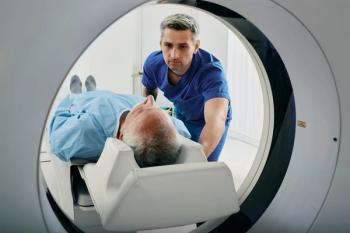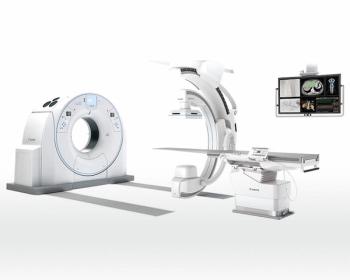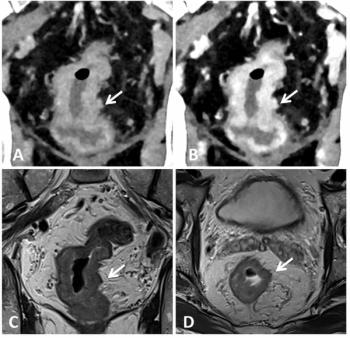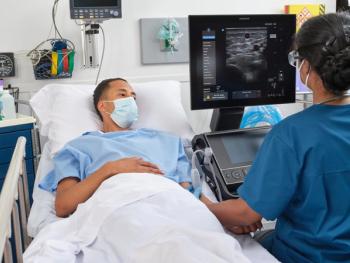
Minimally invasive PVD treatment lowers amputation rates
Outcomes research at the University of Rochester in upstate New York suggests that endovascular therapy should be the first line of treatment for peripheral vascular disease.
Outcomes research at the University of Rochester in upstate New York suggests that endovascular therapy should be the first line of treatment for peripheral vascular disease.
Patients undergoing surgery to fix clogged leg arteries reduce their chances for endoluminal treatment in the future. They then face amputation of the affected limb when their condition worsens, according to investigator Dr. Nael Saad, an interventional radiology fellow at the University of Rochester Medical Center.
Saad's study presented at the 2005 Society of Interventional Radiology meeting showed that minimally invasive interventions are as effective as surgery and do not compromise further treatment options if they fail. Interventional therapy should thus be considered first in all patients because it is more likely to avoid amputation, he said.
Saad and colleagues prospectively enrolled 360 patients who underwent balloon angioplasty to treat ischemic superficial femoral artery (SFA) disease between 1986 and 2004. The investigators found the minimally invasive interventional approach did not compromise patients' eligibility for a second angioplasty or bypass surgery if either were required in the future. Endovascular treatment did not change surgery's amputation rates.
The researchers treated 441 limbs with balloon angioplasty, including stenting when required. They analyzed results using TransAtlantic Inter-Society Consensus (TASC) and Society of Vascular Surgeons criteria. They also ran Kaplan-Meier survival analyses on follow-up data and assessed factors associated with early failure of therapy.
Thirty-nine cases - most of which had been previously classified as TASC category D - were early failures. Three-year follow-up of these 39 cases showed that 8% and 49%, respectively, had a successful additional endovascular treatment or surgical bypass. Early failure was not associated with significant morbidity or mortality, and only four patients required amputation.
Long-term clinical results of angioplasty for PVD treatment are comparable to those of aortofemoral artery bypass surgery, but with a much lower risk of associated morbidity and mortality, Saad said.
"For peripheral arterial disease in the SFA, surgery should be reserved for the few patients in whom stenting can't be done or fails," he said.
A growing number of animal studies examining arteriogenic-based drug therapies, alone or in combination with nonsurgical strategies, show promise. These could become contenders as first-line therapies if proven successful.
Statin-based therapy, the most common approach, may also render surgery or minimally invasive intervention unnecessary. Drug treatment side effects from simple headaches to myopathy, however, add to the growing popularity of endovascular intervention.
For more information from the Diagnostic Imaging archives:
Newsletter
Stay at the forefront of radiology with the Diagnostic Imaging newsletter, delivering the latest news, clinical insights, and imaging advancements for today’s radiologists.



























